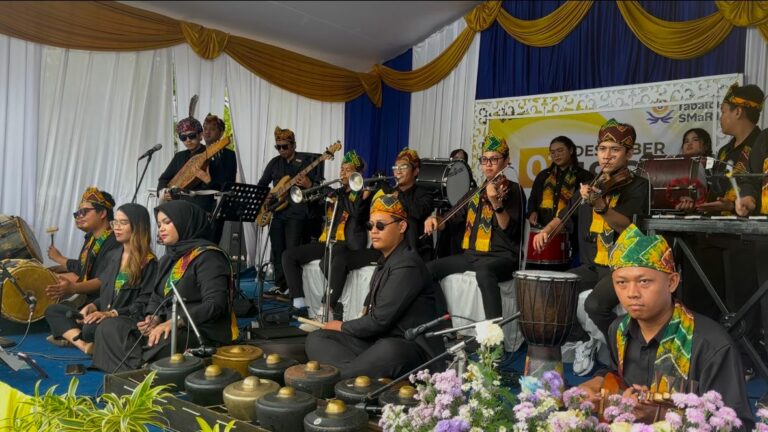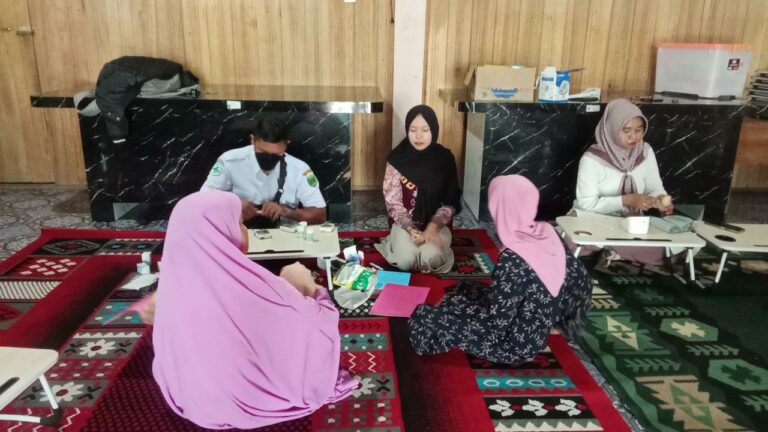Suku Di Kalimantan Utara: The Culture and Lifestyle of North Kalimantan’s Tribes
Introduction
Kalimantan Utara, or North Kalimantan, is one of the newest provinces in Indonesia, having been separated from the larger East Kalimantan in 2012. The region is home to several indigenous tribes whose culture and traditions have been passed down through generations. These tribes, collectively referred to as “suku” in Indonesian, live in harmony with nature and have unique practices that set them apart from one another.
In this article, we will delve into the lives of some of the suku di Kalimantan Utara, exploring their culture, traditions, and way of living. We will take a closer look at their homes, clothing, religion, and more. Additionally, we’ll provide you with a FAQs section towards the end of the article to answer some commonly asked questions about the indigenous tribes of North Kalimantan.
The Indigenous Tribes of North Kalimantan
North Kalimantan is home to several indigenous tribes, each with their language, traditions, and way of life. Here are some of the suku di Kalimantan Utara:
1. Dayak
The Dayak tribe is one of the largest indigenous tribes in Kalimantan and is further divided into sub-tribes, such as the Iban, Kayan, and Kenyah. The Dayak tribe is known for their intricate tattoo designs, which are applied using traditional tools and techniques. The tribe’s homes, called “rumah panjang,” are longhouses made of hardwood and raised on stilts. The Dayak tribe is famous for its dance performances that feature traditional music and clothing.
2. Tidung
The Tidung tribe mainly lives on a small island called Tidung Island, located off the coast of North Kalimantan. The Tidung tribe’s way of life revolves around fishing and agriculture, and their homes are built on the water to make transportation easier. The Tidung tribe’s traditional clothing for men is called “baju kurung,” while women usually wear “kebaya” paired with a long skirt.
3. Bulungan
The Bulungan tribe is an ethnic group that mainly resides in the district of the same name. The Bulungan tribe’s customs center around the forest and natural resources, with many of their traditional beliefs revolving around the spirit world. The tribe’s traditional clothing is typically made from a woven material called “tenun,” and their homes are made from bamboo and thatch.
4. Berau
The Berau tribe primarily lives in the Berau regency, located in East Kalimantan’s easternmost corner. The tribe’s main livelihood revolves around farming and agriculture, along with fishing and hunting. The Berau tribe’s traditional clothing consists of a headscarf called “kain melayu” for men and women, while their homes are built using traditional methods with bamboo and wood.
The Culture and Lifestyle of the Suku Di Kalimantan Utara
The suku di Kalimantan Utara have their unique cultures and lifestyle that are passed down through generations. Some of the aspects that make each tribe unique include their clothing, homes, religion, and traditional practices.
Clothing
Traditional clothing is a significant aspect of the suku di Kalimantan Utara’s culture, and it varies from one tribe to another. The Dayak tribe, for instance, wear colorful clothing and accessories, such as headbands, bracelets, and anklets, made of beads, shells, and animal bones. The Tidung tribe’s clothing mainly consists of fishing and agricultural attire, while the Bulungan tribe’s traditional clothing is famous for its intricate tenun patterns. The Berau tribe’s clothing, on the other hand, features headscarves and long robes.
Homes
The suku di Kalimantan Utara’s homes vary according to their location, availability of resources, and cultural practices. The Dayak tribe’s homes, for example, are longhouses that symbolize communal living and are built raised on stilts to protect them from flooding. The Tidung tribe’s houses, on the other hand, are built on the water to facilitate easy transportation. The Bulungan tribe’s homes are typically built using bamboo and thatch and are designed to blend in with the forest. The Berau tribe’s homes are simple and made using bamboo and wood.
Religion
The suku di Kalimantan Utara’s religion varies from tribe to tribe. The Dayak tribe practices animism and believes in spirits that inhabit the natural world. The Tidung tribe is predominantly Muslim, while the Bulungan tribe practices Kaharingan, a local religion that originated in Kalimantan. The Berau tribe has its unique traditional beliefs and practices.
Traditional Practices
The suku di Kalimantan Utara’s traditional practices vary according to their cultural practices and beliefs. The Dayak tribe practices traditional dances, such as the “ngajat” and “bebiau,” that are usually performed to celebrate important occasions, such as weddings and harvest festivals. The Tidung tribe has unique rituals performed during the planting season and the fishing season. The Bulungan tribe’s traditional practices are linked to the forest and include hunting and farming. The Berau tribe also practices hunting and farming using traditional techniques.
FAQs
1. What are the indigenous tribes in North Kalimantan?
North Kalimantan is home to several indigenous tribes, including the Dayak, Tidung, Bulungan, Berau, Kenyah, and Kayan.
2. What is the Dayak tribe known for?
The Dayak tribe is known for their intricate tattoo designs, traditional dance performances, and homes called “rumah panjang” that are raised on stilts.
3. What is the traditional clothing of the Bulungan tribe?
The Bulungan tribe’s traditional clothing typically consists of tenun, a woven material.
4. What is the Tidung tribe’s main livelihood?
The Tidung tribe’s main livelihood revolves around fishing and agriculture.
5. What is Kaharingan?
Kaharingan is a local religion that originated in Kalimantan and is practiced by the Bulungan tribe.
Conclusion
The suku di Kalimantan Utara are a testament to Indonesia’s cultural diversity and rich heritage. Their unique customs, clothing, homes, and way of life have remained unchanged for generations, and they provide a glimpse into the region’s rich history. By understanding and respecting the suku di Kalimantan Utara’s culture and traditions, we can preserve their cultural heritage for generations to come.



